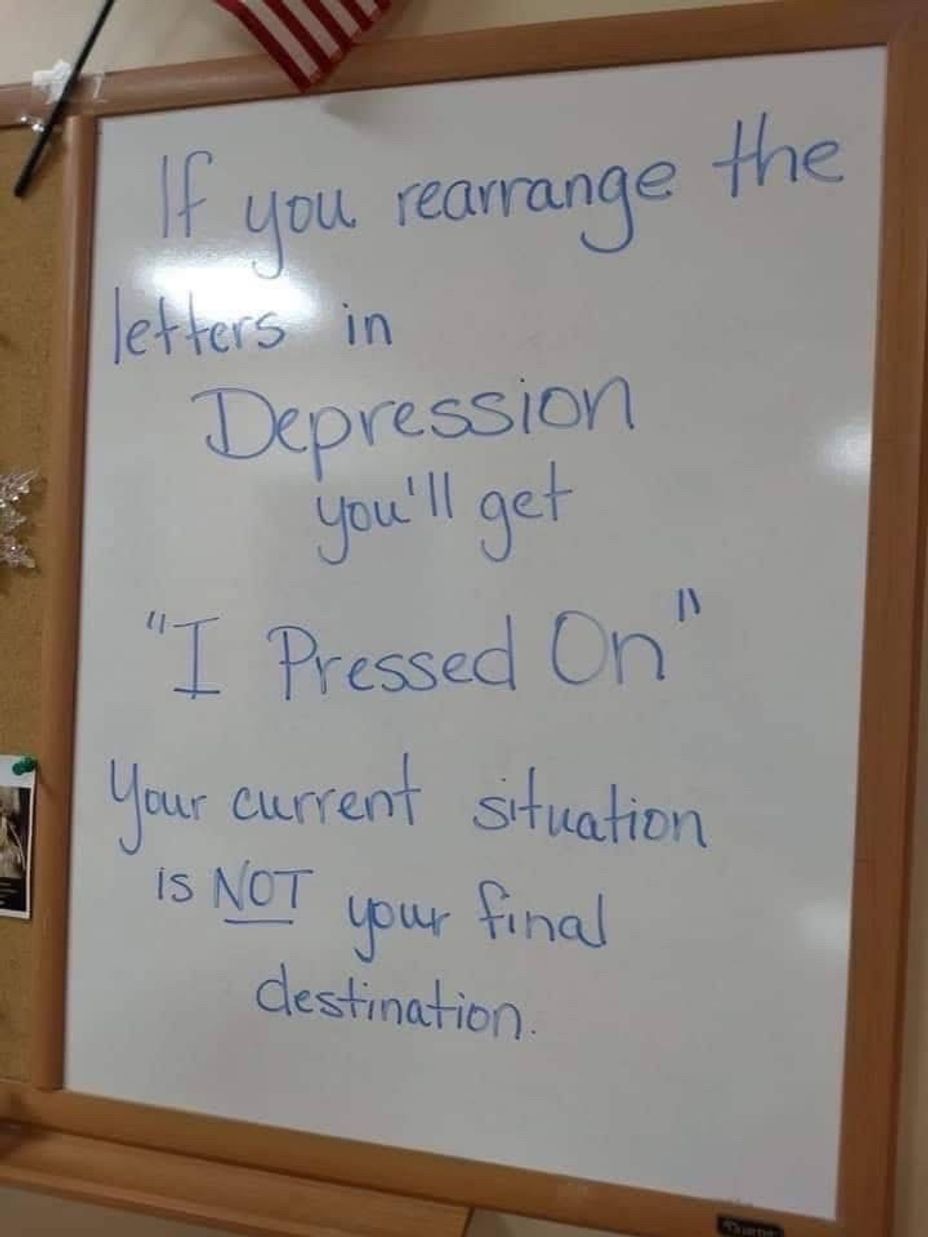Depression: When the World Becomes Deafeningly Silent #BipolarDepression #Depression #MentalHealth
There are days when the world seems to fold in on itself. The colours dim, the air thickens, and even the smallest acts, like getting out of bed, replying to a message, remembering who you were yesterday, all feel impossibly heavy. Depression has a way of rearranging the furniture of the mind, shifting everything just enough that you can still recognise your life, but no longer feel at home in it.
Days aren’t really days anymore, they’re just annoying obstacles that need to be faced. And how do you face them?
Through medication?
Through alcohol?
Through smoking?
Through drugs?
Through cutting yourself?
You grab on to anything that will help you make it through the day, whatever you can grasp.
I’ve learned that depression rarely arrives as a dramatic storm. More often, it creeps in quietly, like evening fog gathering in the corners. At first, you tell yourself it’s only tiredness. Or stress. Or the weather. You bargain with it, reason with it, pretend you’re somehow too busy to feel it. But it waits patiently, murmuring its familiar narrative: You’re falling behind. You’re not enough. You’re losing yourself. And the worst part is how convincing it sounds when your energy is low and your confidence whisper-thin.
Today is different from yesterday but it’s not going to be repeated tomorrow, which will be something new once again.
Yet even in its darkest form, depression teaches you things, harsh lessons, perhaps, but lessons nonetheless. It teaches you that the human spirit isn’t a constant flame but a flickering one, and that tending to it requires gentleness rather than force. It teaches you the difference between isolation and solitude, and how easily one can masquerade as the other. It shows you, sometimes painfully, which parts of your life need repairing, and which parts need letting go. Depression is never a welcome visitor, but it has a peculiar way of revealing truth in the quiet moments we usually try to avoid.
What keeps me going, strangely enough, is the knowledge that depression doesn’t erase who I am, it only stifles it. Beneath the weight and the fog, the self remains. The mind may grow weary, the emotions may flatline, but something steady inside persists like a lighthouse operating on low battery. And each time I emerge, somewhat slowly, awkwardly, imperfectly, I’m reminded that the capacity to reappear is one of the most astonishing things about being human. We don’t just survive our darkness; we reassemble ourselves within it.
So if you are in that quiet place right now, where the world feels heavy and your thoughts feel unfamiliar, know this;
“You are not broken. You are not failing. You are simply navigating a season of the mind that asks for patience rather than pressure. Hold on to anything small that returns colour to your day, maybe it’s a cup of tea, the feel of sunlight on cold skin, a sentence that lands softly on the heart. These small things are not trivial; they are anchors. And even if you can’t see the shore yet, you are still afloat.”
Tomorrow is the first day of the rest of your life.
As debilitating as this condition is, and regardless of how much it disrupts your life, impedes your ability to do simple tasks, and managing to get out of bed and dressed is an monumental, and challenging task. But please remember, I assure you that you will find the strength to accomplish these things. The storm will pass and you will have the courage to overcome these obstacles.
Trust me, I have been through it and now I’m able to tell others they will get through it too 👌

